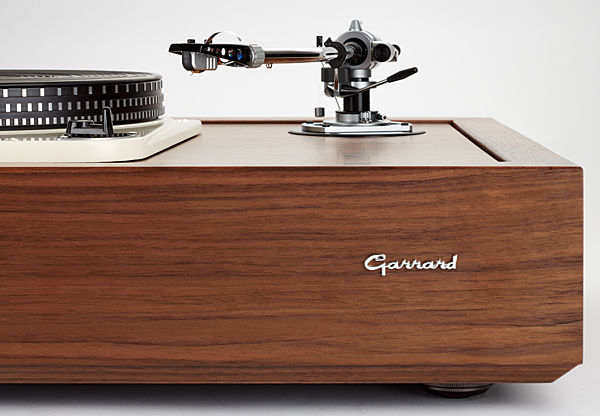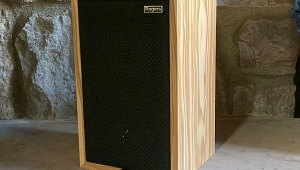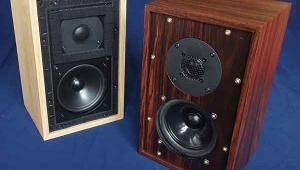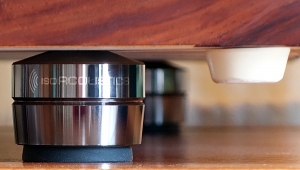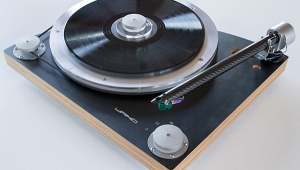| Columns Retired Columns & Blogs |
"—discovered that idler-drive turntables were virtually unique in their ability to reproduce music with its sense of drive and impact still intact—"
C'mon Artie... That line is a little too hyperbolical.
Have you explained this principle to Fremer? He might be interested in knowing about this.
edit: I corrected my misspelling of Mikey Fremer's last name.

